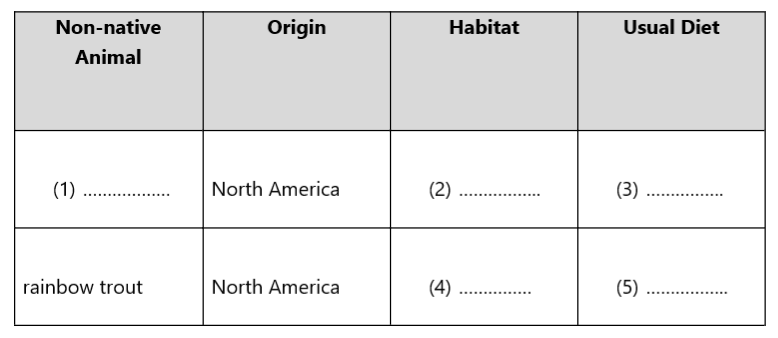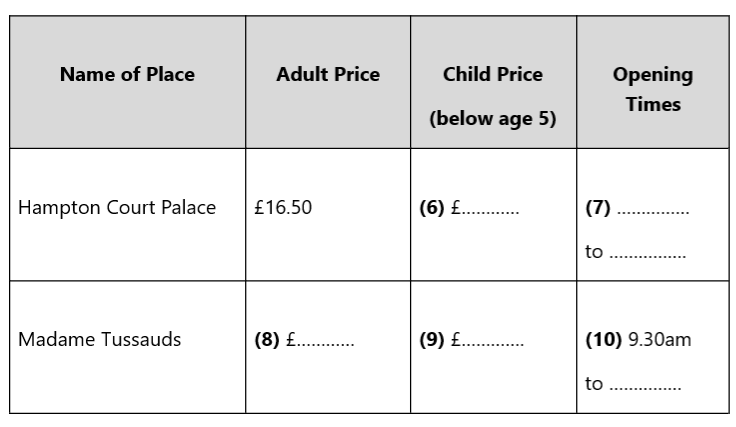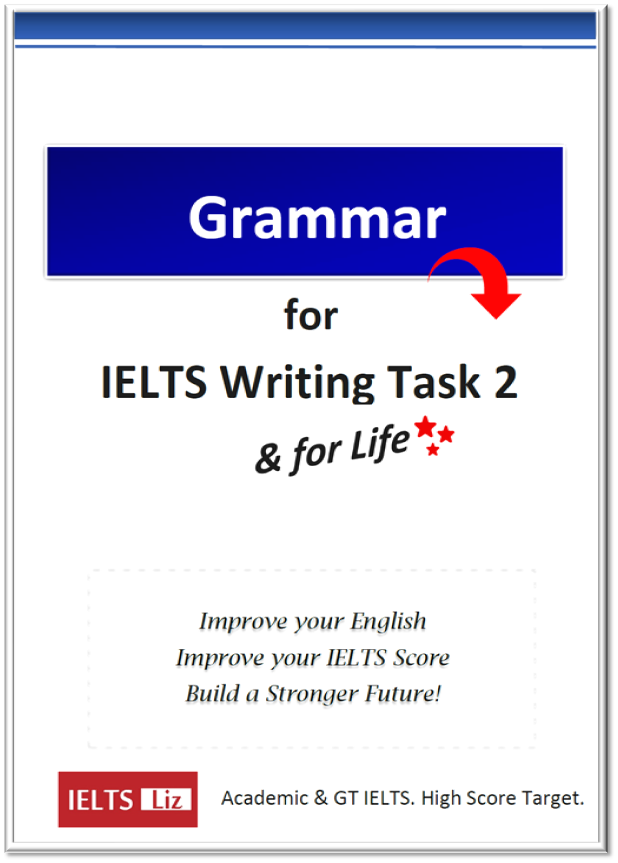IELTS Listening Section 4 is an educational lecture below are tips and a practice lesson to help you prepare. All candidates take the same listening test so this is the same for Academic and GT candidates. This is the most difficult section of the listening test. The listening exercise below is based on section 4 and it focuses on short answer questions. It is possible to get any question type in section 4.
IELTS Listening Section 4 Tips
- Section 4 is an academic talk by one speaker, a lecture.
- Please note, for candidates taking the General Training IELTS Test, you will be taking the same listening test and the same speaking test as the Academic candidates.
- Academic lectures are usually structured:
- Introduction – what the talk main points will be
- Middle
- Main Points with Detailed and Examples
- Conclusion – a summary
- This logical organisation of information will help you.
- Signposts:
- As the speaker moves from one point to another, they will say things like:
- Looking at X
- Moving on to Y
- Another interesting point is …
- You need to pay attention to these words.
- As the speaker moves from one point to another, they will say things like:
- Linking words
- Talks will also use linking words to add information, give an opposite point or give an example. All these words will help you understand the information and follow the points. Example words:
- Firstly, Secondly, Thirdly
- Also, in addition, moreover, furthermore
- by contrast, conversely, on the other hand
- for example, such as, like, namely
- You can find a list of common linking words on this page: Linking Words. Although the page is for writing task 2, they are formal linking words used for formal talks as well.
- Talks will also use linking words to add information, give an opposite point or give an example. All these words will help you understand the information and follow the points. Example words:
- Academic talks contain vocabulary relevant to the topic. Such vocabulary often isn’t paraphrased, which can be very useful in navigating the recording.
- Don’t try to understand everything. Focus on listening for answers only
- Predict the type of answer you need to listen for.
- Listen out for paraphrases of common words.
- For the listening practice below, answers will come in order
- Section 4 usually has 10 questions. The lesson below is a practice lesson rather than a test. The aim is for you to get used to the language and layout of listening section 4.
When you finish your listening practice, listening again and read the transcript at the same time. Answers are given below.
Practice for IELTS Listening Section 4
Section 4 Practice Lesson
Dolphin Intelligence
Questions 1-6: Write no more than three words and/or a number.
1. The lecture will concentrate on tools, communication, sonar and what other aspect of dolphin intelligence?
2. How big is the brain of the bottle-nosed dolphin?
3. What other species use tools?
4. What can dolphins copy from other species?
5. Can dolphins see out of the water?
6. What does a dolphin hear through?
RECORDING:
Audio Player.
TRANSCRIPT & ANSWERS
Click below to reveal the transcript and answers:
TranscriptAnswersVocabulary.
************************
Recommended for IELTS Listening
Click here: ALL IELTS LISTENING FREE LESSONS & TIPS
.







